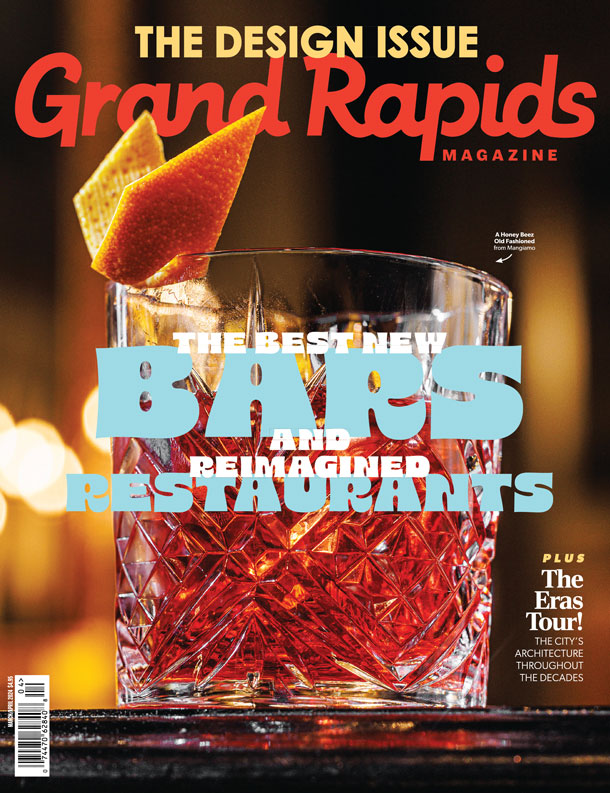
In 1947, employment options for Black Grand Rapidians were limited mostly to hotels, restaurants, domestic work or hard labor.
That year, Paul I. Phillips became executive director of the Grand Rapids Urban League. During the next decade, he focused on this problem, launching efforts to open employment options for nonwhite people. With no equal opportunity laws to leverage, Phillips said, “All we had to work with was our persuasive powers.”
His work resulted in real gains and many new opportunities. African Americans were matched with jobs as telephone operators, registered nurses, cabinetmakers, firemen and engineering researchers. In the early 1970s, Phillips looked back and recognized progress had been made, but also there was more work to do.
“Now the most difficult job is not opening the doors but upgrading a person once (they get) in the door,” Phillips said. Today, it’s clear that African Americans still face many of the same barriers and challenges.
This story can be found in the January/February 2022 issue of Grand Rapids Magazine. To get more stories like this delivered to your mailbox, subscribe here.







Facebook Comments